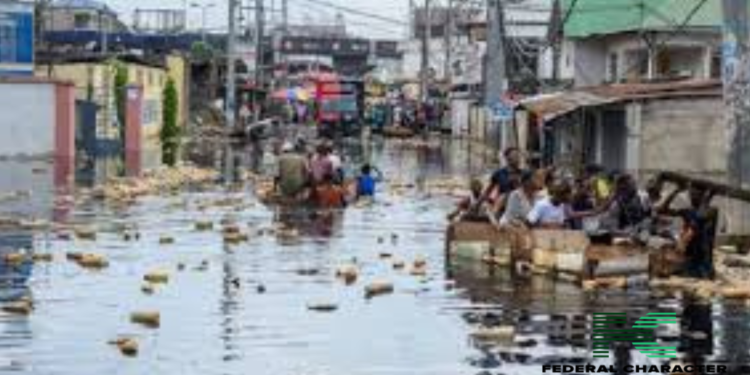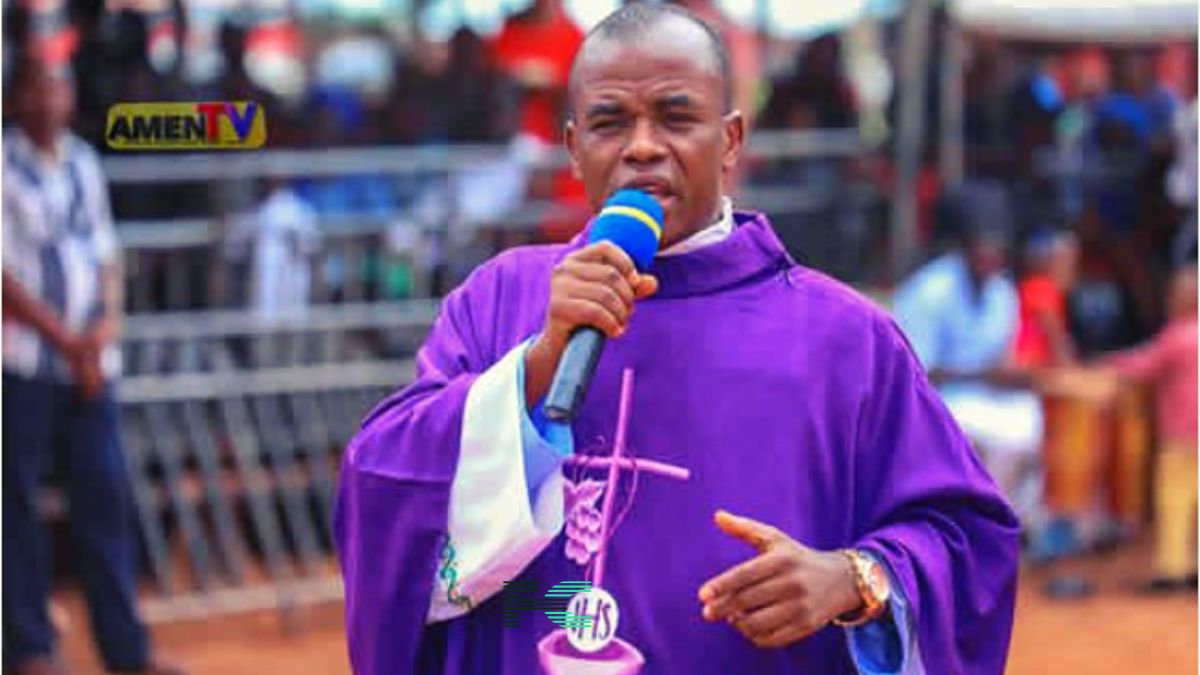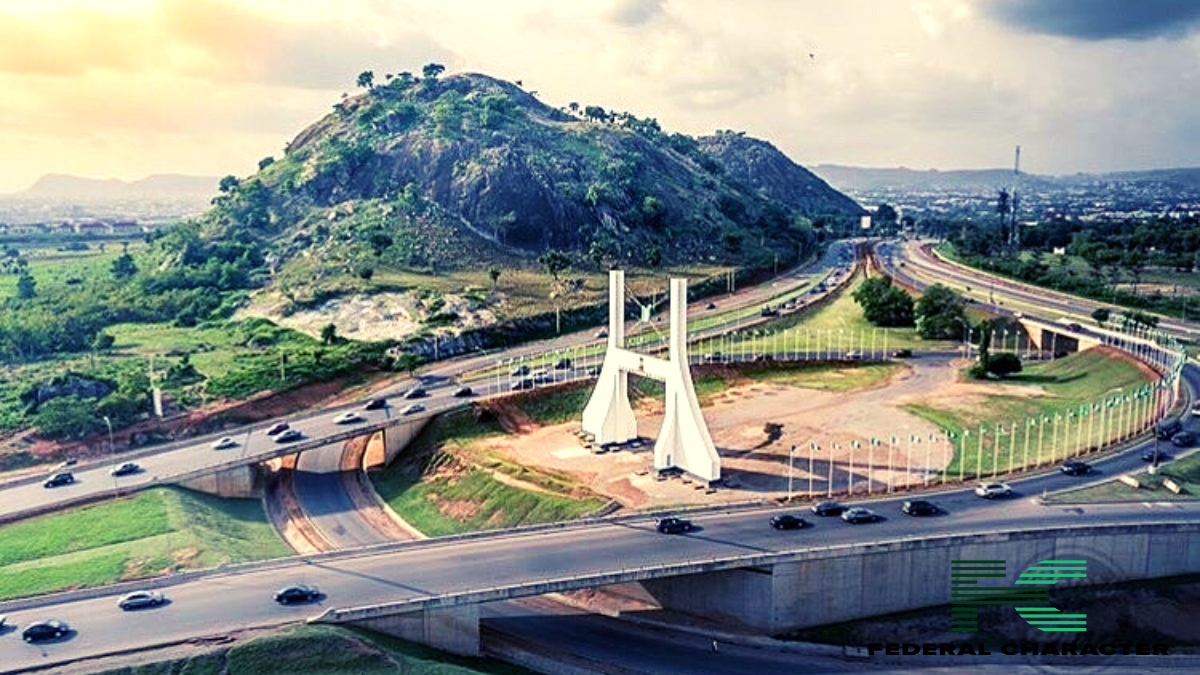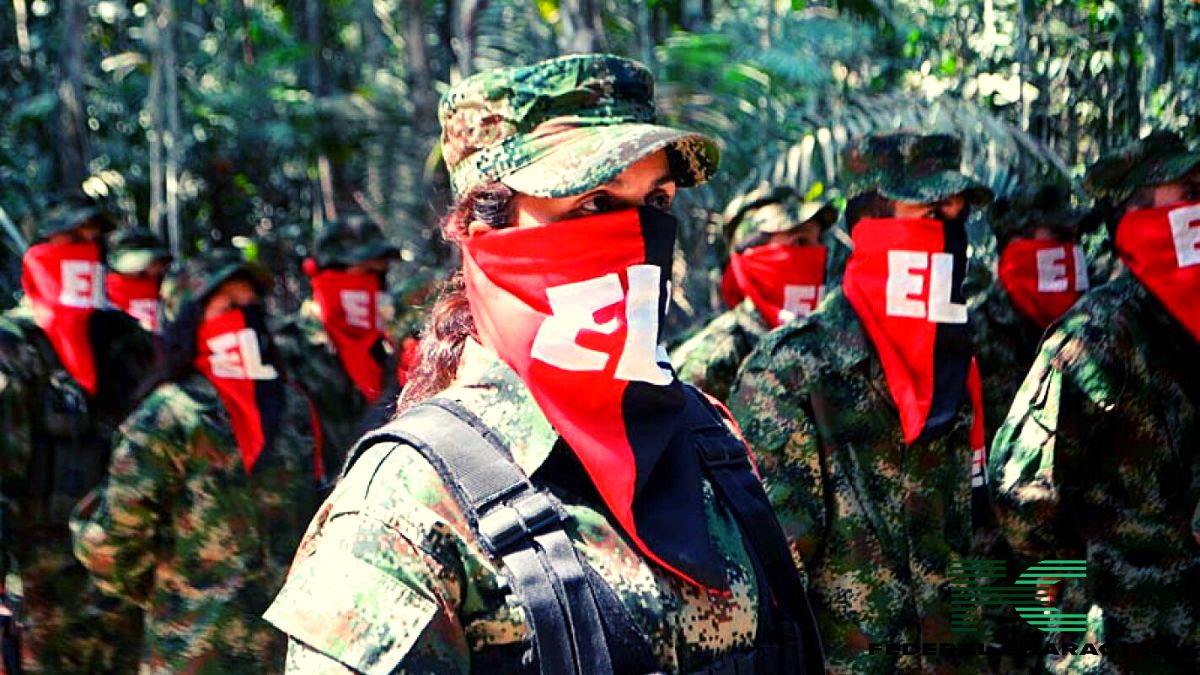The situation is very bleak in the makeshift camp for people displaced by floods in Democratic Republic of Congo.
In late December 2024, heavy rains swelled the Congo river to its highest level, seen in more than 60 years and forcing about 500,000 people to run away from the rising waters.
Numerous families had lost almost all their possessions in the pandemonium to escape. With certain areas still under water, about 2,400 people have been crowded in a compound to shelter for weeks.
A lot of individuals have had to shelter outside on the ground because of a lack of space in the shared tents.

About sixteen of Congo’s 26 provinces are struggling with the fallout from the floods, which killed around 221 people, destroyed tens of thousands of homes, and uncovered already susceptible communities to a heightened risk of malaria and typhoid, according to the Congolese authorities and medical charity Médecins Sans Frontières, —MSF.
A hydrologist at the University of Kinshasa, Raphaël Tshimanga, had said that the scale of the emergency has highlighted the immediate need for improved flood management and response, especially around the capital.
The fear is huge for Kinshasa, which receives the overall flow of the entire Congo basin,” he said, and added that the extreme levels of deforestation were also exacerbating the impact of heavy rains.
It is noteworthy to mention that Congo had the second-highest rate of tree-cover loss in the world in 2022 after Brazil, according to the Global Forest Watch. This means that the country is at great flood risk because a forest’s canopy and roots trap rainwater and lessen flows into rivers.
More extreme floods could jeopardise the 83 million people living close to a major river in the Congo basin, which stretches across central Africa.

















